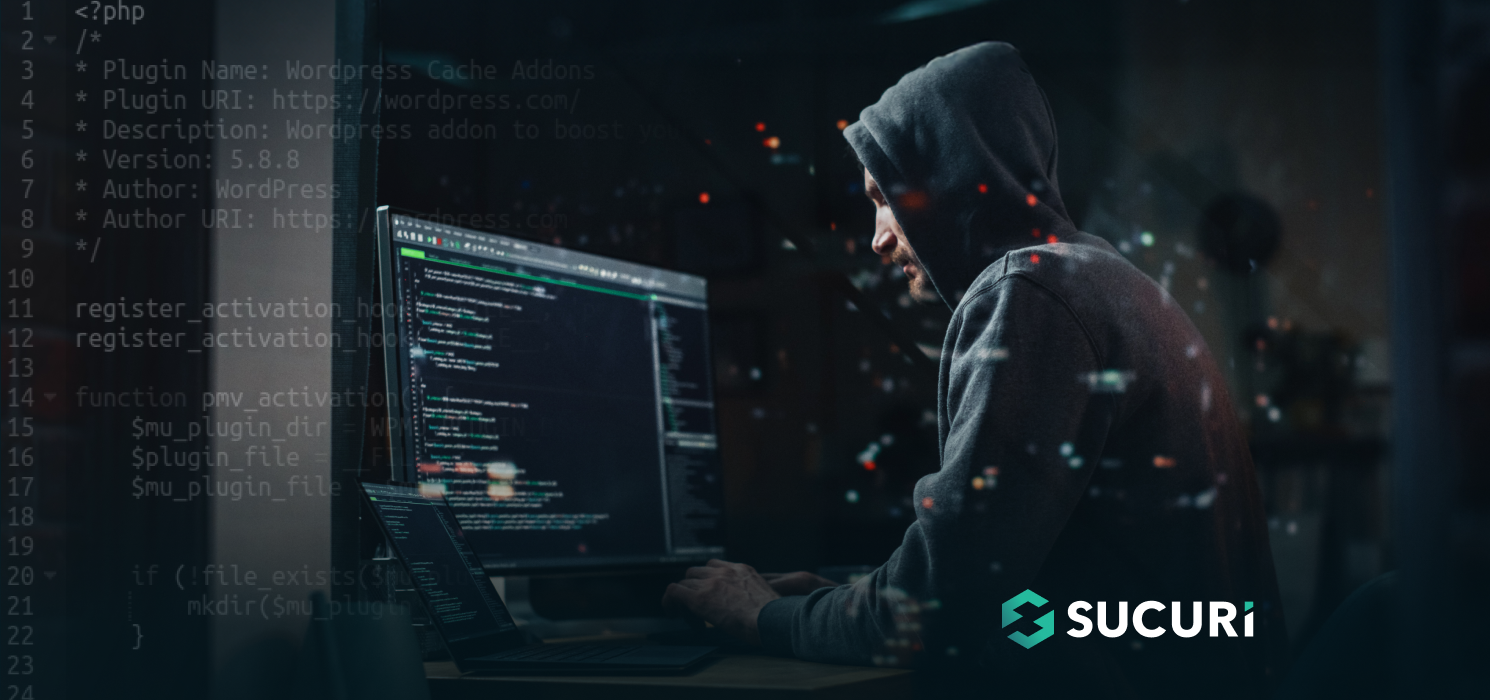The UK’s Payment Systems Regulator (PSR) announced that victims could be repaid up to £415,000 ($525,000) unless the bank can prove “gross negligence” on the part of the individual.
The BattleRoyal cluster, using DarkGate and NetSupport malware, demonstrates the use of multiple attack chains and social engineering techniques to deliver payloads via email and fake update lures.
Researchers from Unit 42 have discovered that threat actors are using malicious JavaScript to steal sensitive information by exploiting popular survey sites, low-quality hosting, and web chat APIs.
First American Financial Corporation, the second-largest title insurance company in the US, has experienced a cyberattack and has taken some systems offline to contain the impact.
The Biden administration is pushing for secure-by-design principles to be embraced by the tech industry, aiming to make security a core feature of software development to prevent attacks exploiting vulnerabilities.
A recent analysis discovered a malicious plugin injected into a WordPress/WooCommerce website that creates a fake administrator user and injects credit card skimming JavaScript into the checkout page.
Isovalent has developed eBPF, an open-source technology that provides insight into the operating system layer, and Cilium, which offers visibility into cloud-native applications.
St Vincent’s, Australia’s largest not-for-profit health and aged care provider, has confirmed that it has experienced a cyberattack and that hackers have stolen some of its data.
The proposed changes to the Children’s Online Privacy Protection Rule (COPPA) would hold service providers responsible for ensuring the safety of digital experiences for children, rather than relying solely on parents.
The tool extracts firmware, conducts static and dynamic analysis, and generates web-based reports. Some unique features include enhanced firmware extraction, UEFI analysis, AI support, firmware diffing mechanisms, and user mode emulation.









